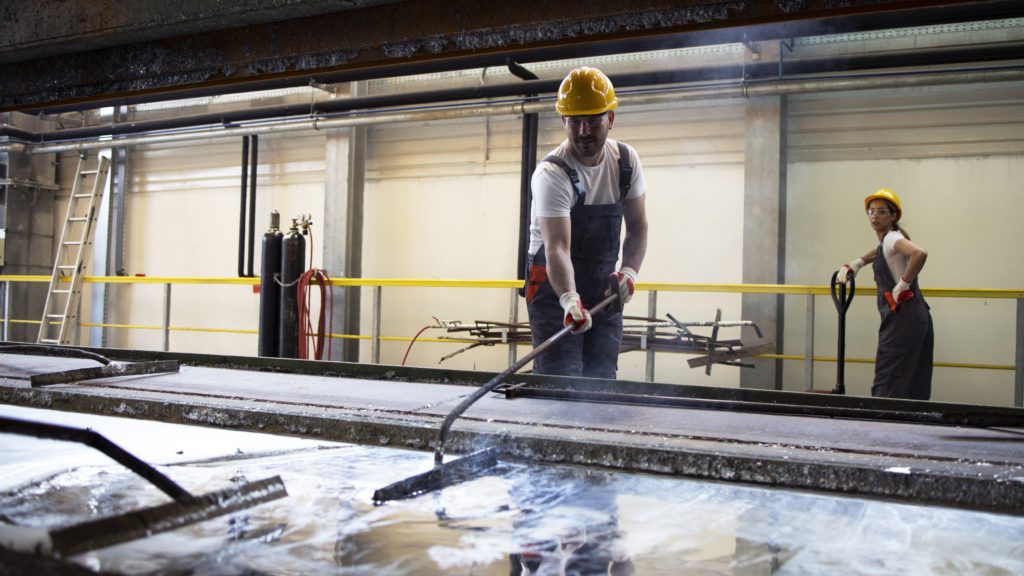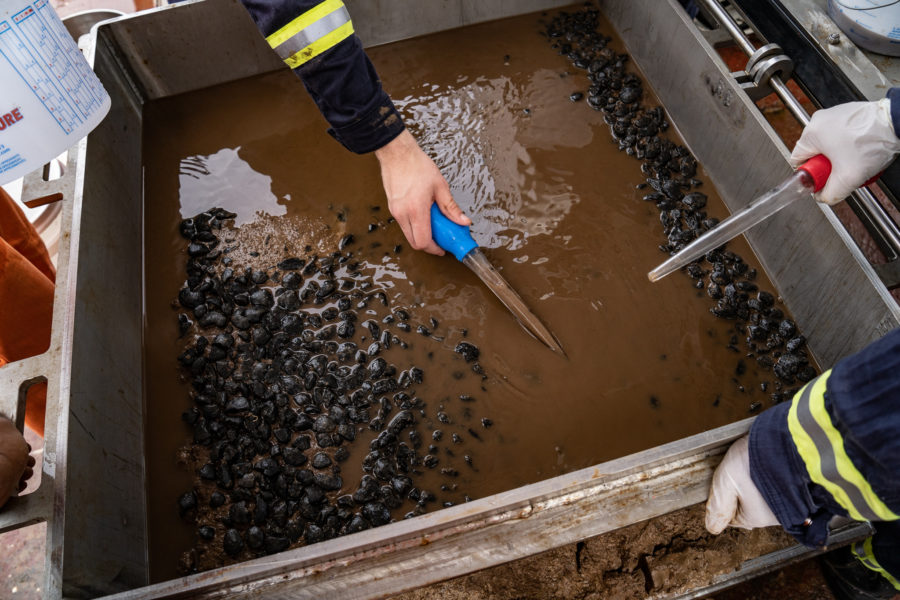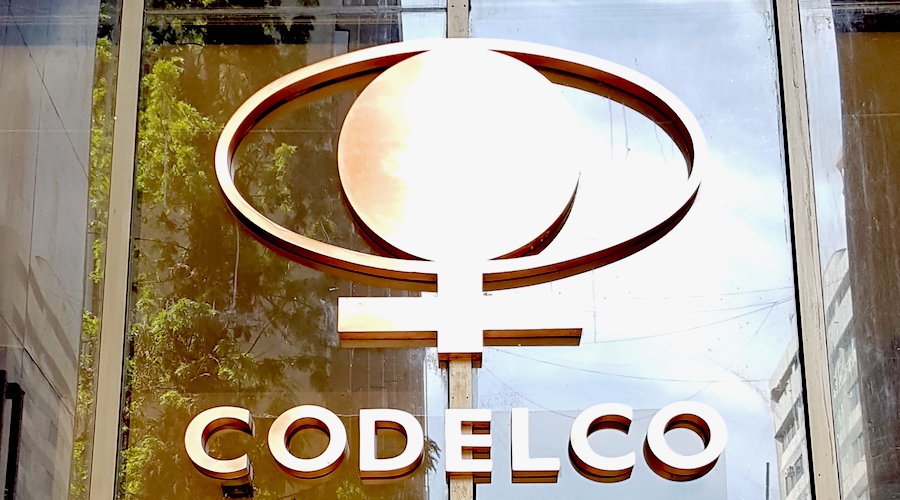Historically low stocks behind spike in zinc price for delivery tomorrow

Prices of London Metal Exchange (LME) zinc for delivery tomorrow traded at a large premium on Monday over prices for the following day due to buying fuelled by nervousness about availability in the LME system as stocks hit historic lows.
The phenomenon in which metal is priced more richly in the near term than further out, known as backwardation, is often seen as a sign of underlying tightness in the market.
The premium for buying zinc tomorrow and selling it the day after – a trade known as tom-next – rose to $10 a tonne compared with a session low at $1.50 a tonne. Last Thursday it rose to $12 a tonne, the highest since Oct. 19.
Traders are braced for turbulence in the LME’s zinc market as it may be heading for a short squeeze, in which short position holders have to buy back their positions because they do not have the metal needed to deliver against them.
However, rules banning users of the exchange from placing tom-next orders at prices more than 1% of the previous day’s cash price should keep volatility in check.
“Should a trade be executed at a price greater than this, the relevant members will be instructed to book a reversal and correction… so that the price is in line with the backwardation limit,” the LME said in a notice to members last March.
The release on March 7 came after nickel prices soared on expectations of a short squeeze.
A premium for the cash over the three-month contract for most of the last two years has failed to attract large amounts of physical zinc to LME warrant – a title document conferring ownership – due to shortages.
Zinc inventories in LME registered warehouses at 16,225 tonnes are at their lowest since June 1989. They have plummeted more than 90% since December 2021.
“Stocks are heading towards zero and the backwardation hasn’t done the job it was supposed to; create an incentive for people to deliver zinc (to LME warehouses),” a zinc trader said.
This is because of shortages of zinc, used to galvanize steel, caused partly by a pick-up in demand after covid restrictions were lifted.
Tight zinc supplies – estimated at more than 13 million tonnes this year – have also been reinforced by production cuts in Europe due to high energy prices and in China because of power shortages last year.
(By Pratima Desai; Editing by Jan Harvey)
More News
{{ commodity.name }}
{{ post.title }}
{{ post.date }}



Comments